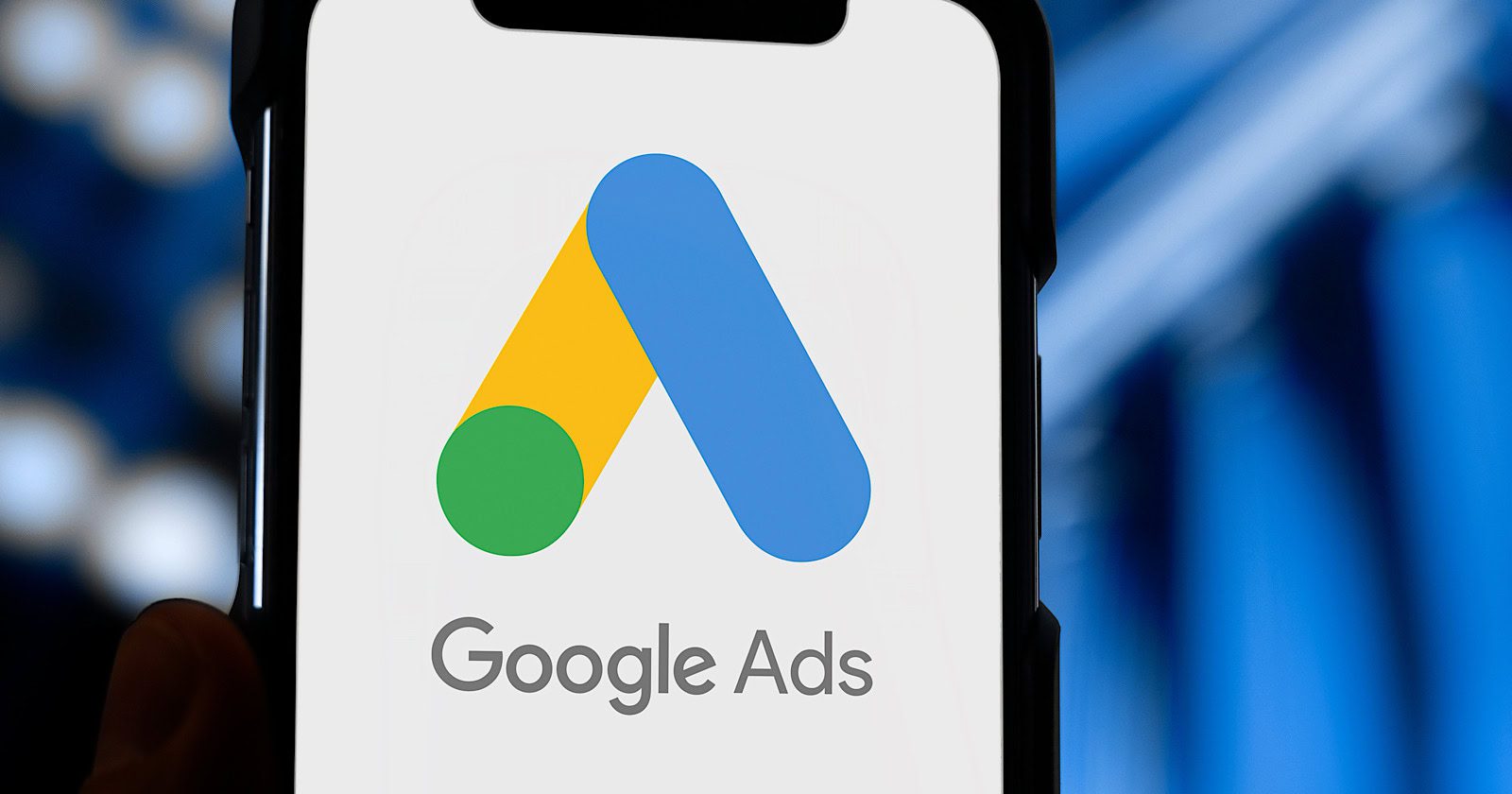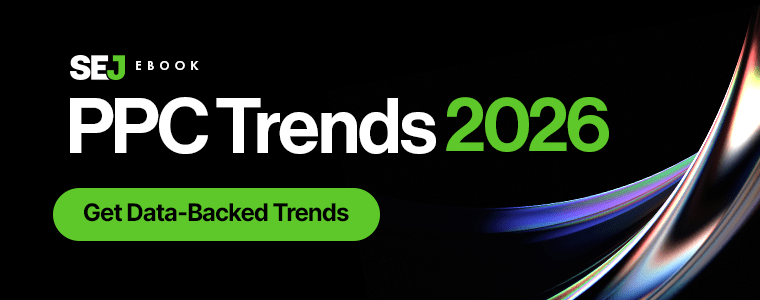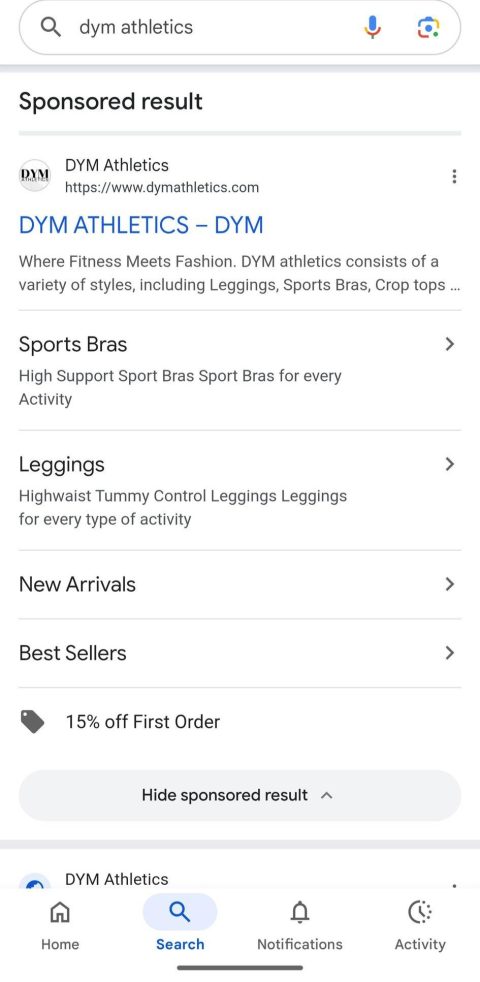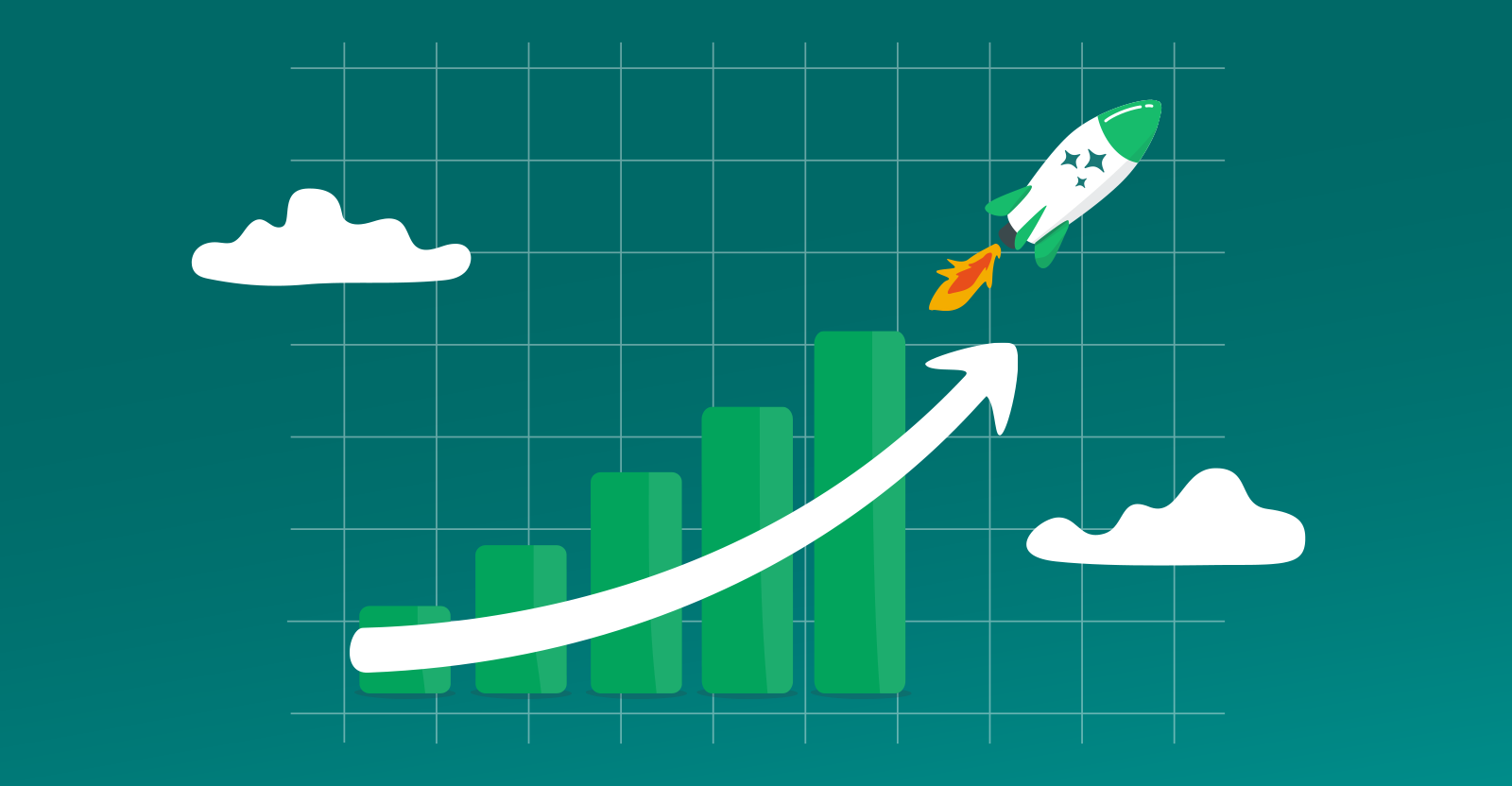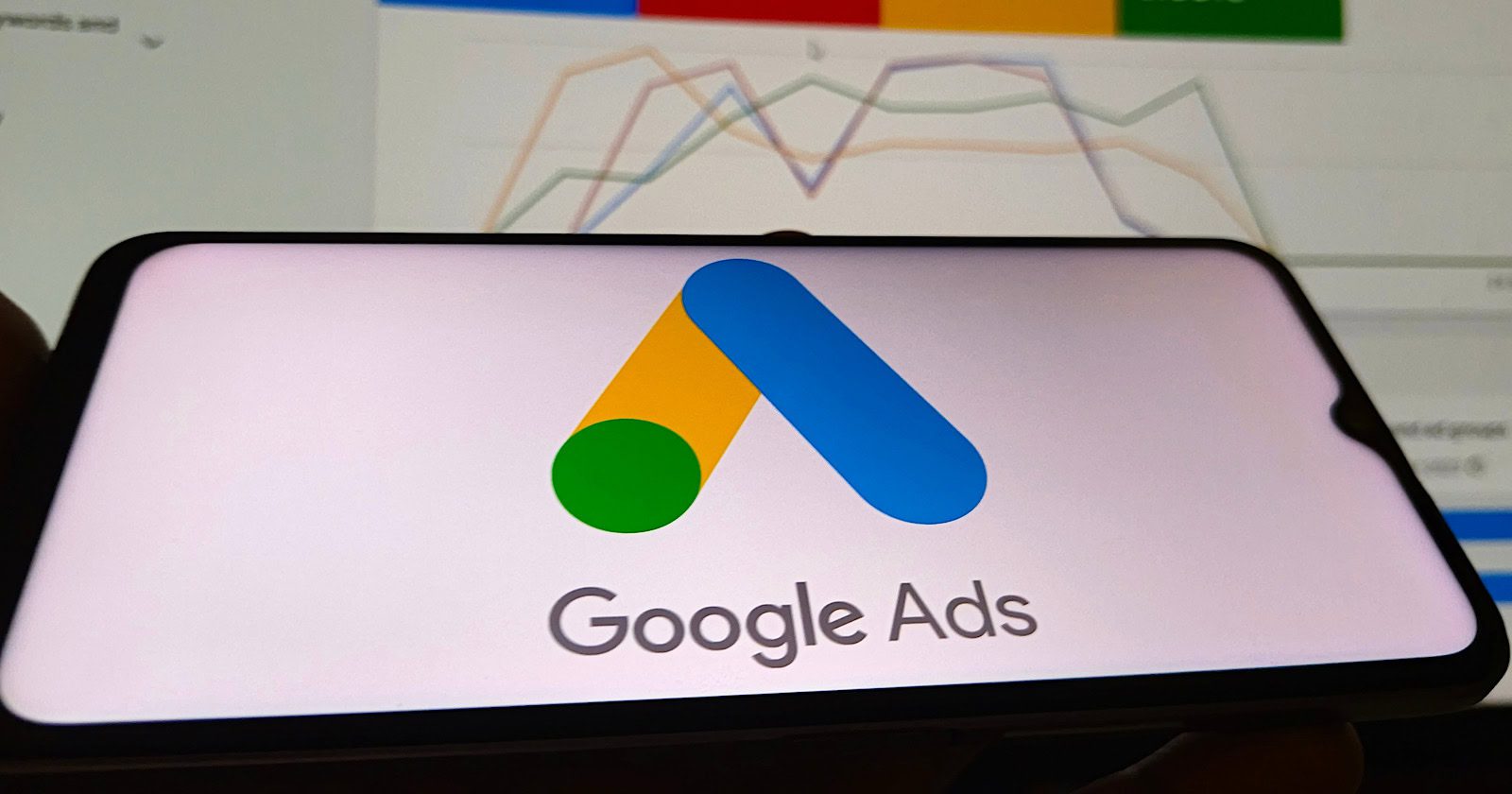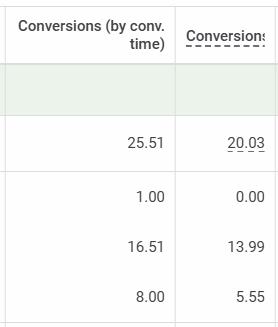Twenty-five years ago, Google launched a modest advertising product that would evolve into one of the most influential tools in digital marketing.
Back then, it was called Google AdWords; today, it is Google Ads.
Over that quarter-century, the platform has transformed in format, scope, and ambition.
While the technology behind Google Ads has evolved dramatically, one question continues to spark debate among marketers: “Was Google Ads better back then, or now?”
To answer that, let’s first look at the major moments that shaped its evolution.
The Evolution Of Google Ads Through the Years
Few platforms have changed as dramatically as Google Ads.
In the early 2000s, advertisers logged into something simple and intuitive: an interface centered around keywords and bids.
But over time, the product grew alongside shifts in consumer behavior, device adoption, and technology. Here are some of the most defining moments in that evolution, as shared through Google’s own product history.
2000: Google AdWords Launches
Google AdWords officially went live in October 2000 with about 350 advertisers. The platform allows self-serve text ads on search results, based on cost-per-click bids.
2002: The Pay-Per-Click Model Expands
AdWords transitioned fully to a PPC model, giving advertisers the ability to pay only when users click their ads. This shift laid the groundwork for the accountability marketers still expect from digital ads today.
2005: Analytics And Conversion Tracking Arrive
After acquiring Urchin Software, Google launched Google Analytics, bringing much-needed visibility into campaign performance and website behavior. Conversion tracking follows soon after, tightening the connection between clicks and measurable outcomes.
2005: Quality Score Enters The Auction
In July, Google introduced Quality Score and quality-based minimum bids, tying ad eligibility to keyword relevance and performance rather than pure bid amount. In December, landing page quality was added to the algorithm.
2010: Remarketing Makes Its Debut
Advertisers can now reach users who’ve previously visited their site. This marked Google’s entry into behavioral targeting, which would later become the backbone of the Display Network.
2012: Google Shopping Transitions To A Paid Model
In May 2012, Google announced that Google Product Search (originally Froogle) would become Google Shopping, shifting from free product listings to a paid model using Product Listing Ads. The change, completed in the U.S. by October, aims to improve product data quality and merchant participation.
2013: Enhanced Campaigns Unify Devices
Google launched Enhanced Campaigns, consolidating desktop, mobile, and tablet targeting into a single structure. This simplifies management and allows bid adjustments based on device, location, and time.
2018: Rebranding To Google Ads
Google retired the AdWords name and introduced “Google Ads,” reflecting a unified platform for Search, Display, YouTube, Shopping, and app campaigns. Smart Campaigns debut, aimed at helping small businesses use automation effectively.
2021: Performance Max launches
In November, Google unveiled Performance Max, an AI-powered campaign type that reaches audiences across all Google properties from a single goal-based campaign. It represents a major step toward automation and multi-channel integration.
2023-2025: Generative AI And Transparency Updates
Google introduced Gemini-powered tools for creative generation and conversational campaign setup, alongside new transparency features in Performance Max. Advertisers gain asset-level insights and expanded brand controls.
What The Early Years of Google Ads Offered
The early years of Google Ads were simpler. In some ways, that simplicity was its biggest strength.
Advertisers had complete control over their campaigns. You picked your keywords, set bids manually, and saw immediate cause and effect. Every metric was transparent. If performance changed, you knew (almost) exactly why.
The learning curve was also more manageable. Smaller advertisers could compete with minimal budgets and basic knowledge of keyword matching.
Many early adopters built thriving businesses from nothing more than a spreadsheet of bids and a few lines of ad copy. In those days, optimization was a craft defined by hands-on management, not machine learning.
Ad costs were also lower, and competition was thinner. A small business could afford to experiment without being priced out by large brands or aggressive automated bidding strategies.
But simplicity came at a cost. Campaign management was time-consuming, requiring manual bid adjustments and constant monitoring.
There was no formal cross-device attribution (reports didn’t arrive until 2016), no remarketing (until 2010), and no way to scale campaigns beyond a few thousand keywords without significant effort. Reporting was limited, and insights were confined to surface-level performance data.
The early Google Ads environment rewarded technical skill and persistence. It was direct, measurable, and transparent. But, it was also labor-intensive and limited in scale.
What Google Ads Offers Advertisers Today
Today’s Google Ads platform bears little resemblance to its early years.
Campaigns are no longer built around individual keywords or devices, but around audiences, signals, and outcomes. Machine learning drives bidding, creative, and placements in real time, analyzing millions of data points per second.
Advertisers now have access to tools that were once unimaginable.
Smart Bidding strategies like Maximize Conversion Value and Target ROAS use historical and contextual signals to optimize bids automatically.
Performance Max and Demand Gen campaigns reach users across Search, YouTube, Display, Discover, and Maps without manual segmentation.
Creative tools have appeared just as rapidly. Gemini-powered AI features can generate ad copy, images, and videos aligned with brand tone and performance goals. Advertisers spend less time on repetitive tasks and more on strategy, messaging, and measurement.
At the same time, data integration has reached new levels. With Google Analytics 4, enhanced conversions, and first-party data connections, advertisers can measure and optimize complex user journeys while staying compliant with privacy standards.
The trade-off, of course, is control.
As automation grows, transparency into individual performance levers diminishes. You can’t always pinpoint which keyword, audience, or placement drove a conversion.
For some advertisers, that loss of granularity remains frustrating. But for many others, the efficiency and predictive power of automation far outweigh what was lost.
Modern measurement also operates under tighter privacy standards. With the loss of cookies and growing restrictions on user-level tracking, Google Ads has leaned on modeled conversions and consented first-party data to maintain accuracy.
For seasoned advertisers, this has shifted the skillset required for success. It’s gone from purely tactical management to data stewardship and strategy.
Teams that can align CRM data, offline conversions, and privacy-safe remarketing signals now have a competitive edge. It’s no longer just about optimizing for clicks; it’s about understanding the full data pipeline that powers automation.
How Google Is Responding To Advertiser Feedback In Its AI Era
Google’s 25th anniversary message emphasized one clear theme: Advertisers are still at the center of our evolution. That statement reflects an ongoing effort to balance automation with transparency and trust.
Performance Max, initially criticized for its lack of reporting detail, now includes asset-level performance and improved search term visibility.
Advertisers can better understand which creative elements drive results and where their ads appear.
Google also added account-level negative keywords and brand exclusion controls to address long-standing requests for greater oversight.
These updates are also a reflection of how the advertising landscape itself has changed.
Privacy regulations like GDPR and the phase-out of third-party cookies are forcing all ad platforms to rethink data transparency. Advertisers are demanding clearer insight into how machine-learning models use their data, while consumers are insisting on greater privacy.
Google’s move toward more transparent reporting, automated creative controls, and first-party data integrations is as much a response to market pressure as it is to advertiser feedback. The company knows that trust is now a competitive advantage.
When agencies and in-house teams can confidently explain how automation makes decisions, they’re more likely to scale their budgets across Google’s platform. In many ways, Google’s AI transparency efforts are as much about rebuilding confidence as they are about innovation.
The new conversational campaign setup, where marketers describe their goals and creative ideas in natural language, is another potential example of responding to feedback. Many small businesses found campaign setup intimidating; conversational AI simplifies the process without removing human judgment.
Google also continues to reinforce the role of human decision-making.
In its 2025 anniversary blog, Google reiterated that AI’s role is to support advertisers. It emphasizes collaboration between human creativity and automation rather than replacement.
It signals that even as automation deepens, Google recognizes advertisers’ desire to maintain control and understand what the system is doing on their behalf.
The relationship between advertisers and Google Ads has always been one of collaboration, and sometimes tension. But recent changes show a genuine effort to listen, adapt, and make the platform more transparent in an AI-first atmosphere.
“Better” Depends On What You Value
The question of whether Google Ads was better then or now ultimately depends on what you value most as an advertiser.
If you prize simplicity, transparency, and full control, the early years of AdWords were unmatched. Campaigns were manual but predictable. You could see every moving part and trace every click to a decision you made.
If you value scale, efficiency, and advanced targeting, today’s Google Ads is undeniably better. The ability to reach audiences across channels, powered by real-time automation and predictive data, has expanded what’s possible in digital marketing.
What’s clear across both eras is Google’s willingness to evolve alongside advertisers. Every major shift has aimed to improve relevance, performance, and user experience.
While not every change has been universally welcomed, the intent, to balance automation with advertiser trust, has remained consistent.
After 25 years, Google Ads continues to define the standard for paid media. The platform may look different, but its purpose hasn’t changed: helping businesses connect with people in meaningful, measurable ways.
Whether that’s better or worse depends less on the tool itself, and more on how we choose to use and embrace its technology.
More Resources:
Featured Image: Who is Danny/Shutterstock
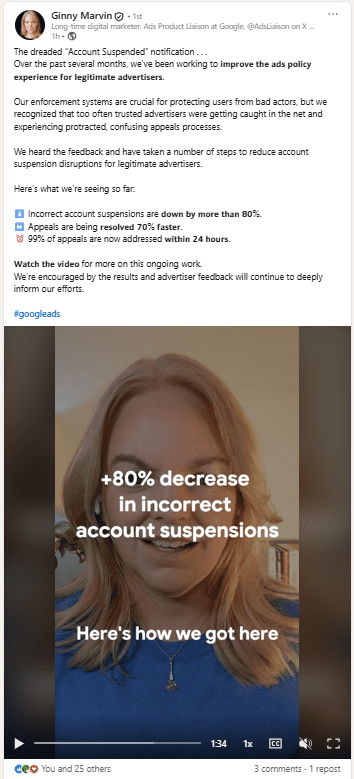 Screenshot taken by author, November 2025
Screenshot taken by author, November 2025

